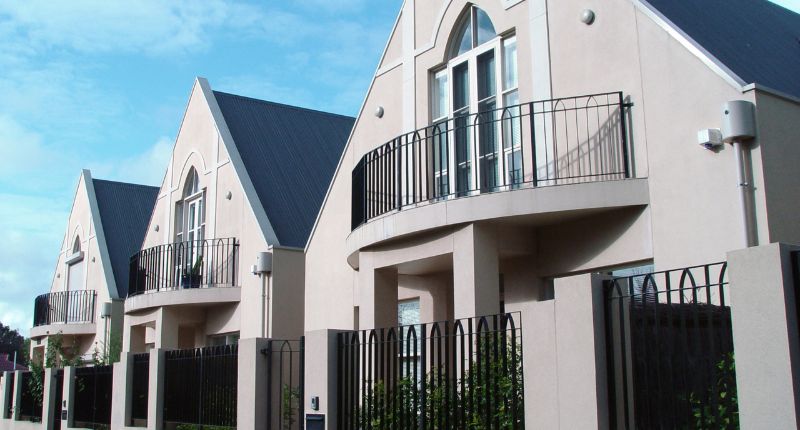
- Architectural peak bodies, AIA and ACA, support WA Government’s new Medium Density Code.
- The code will address housing supply issues, fostering diverse and well-designed medium-density housing.
- Property Council WA backed the Medium Density Code revisions as well.
Architectural peak bodies, the Australian Institute of Architects (AIA), and the Association of Consulting Architects (ACA) have voiced their support for the Western Australian (WA) Government’s new Medium Density Code, announced in late January.
Removing housing supply obstacles
The changes, which are set to kick in early March 2024, will remove another potential hurdle for the delivery of WA’s housing supply, which has floundered at critical levels over the past year.
Perth total listings
“Much of the discussion to date on the new Code has been about improving the quality of design. And that’s important. But it’s only half the story. The other side of the conversation, and something not widely understood, is the diversity of housing – and choice – the new Code enables,” said AIA WA state president, Sandy Anghie.
“There are many architecture businesses, planners and developers with innovative homes designed and ready to go under the new Code. Without the Code, these projects would not have been able to proceed – meaning homes can’t be delivered in a market where we desperately need more homes and greater diversity,” added ACA WA vice president, Kate Fitzgerald.
Households are shrinking, but home sizes have not followed
A home’s average number of occupants is 2.5 persons, and solo living is on the rise, presently at 25%. Architects have been paying close attention to this trend, advocating for the supply of smaller homes with fewer bedrooms.
WA has the highest proportion of four-bedroom homes across the nation, at 36%, and 10% more than the other states. Therefore, the state needs more housing options that better suit the purposes of downsizers, multi-generational families, and residents with accessibility needs.
In addition to improving the state’s housing diversity, the new Code will also uplift the design quality of urban infill and the operational performance of homes.
Dated codes not fit for purpose
The present R Codes were drawn up about 40 years ago, created with Greenfield single detached homes in mind. Today, they hinder the construction of smaller, more diverse homes like townhouses and terraces.
Furthermore, the R Codes also allow for the design of shoddy developments. Dwellings responsible for tree canopy loss, hotter neighbourhoods, and that are expensive to run, fuelling the negative sentiment towards medium density living.
“The new Code could be the answer to NIMBYism in our existing suburbs.”
Sandy Anghie, AIA WA.
Items like incentives to retain mature trees, improving indoor living spaces through solar orientation, and connection to the garden will lead to better home designs.
“The new Code doesn’t propose a change in the construction methodology of developments, but it does set out a clear pathway to enable designers, builders and residents to increase the supply of more diverse, well-designed medium-density houses which will result in a return to neighbourhoods and homes that are more liveable, cost less to run and provide an improved quality of life”, Fitzgerald said.
Property Council WA voices support for changes
The Property Council of Australia WA also backed the revised Medium Density Code.
“The revisions to the Medium Density Code will ensure new home buyers are able to build the home they dreamed of while also improving the quality of design across the state,” said interim executive director, Emily Young.
“These pragmatic changes will see more slabs laid quicker and embed changes needed to support housing diversity – creating more housing options for West Australians.
“The Medium Density Code will complement new rules allowing the construction of granny flats without local government approval in creating more homes in WA.”
“Our industry wants to see every West Australian housed in vibrant and highly liveable communities.”
Emily Young, Property Council WA







